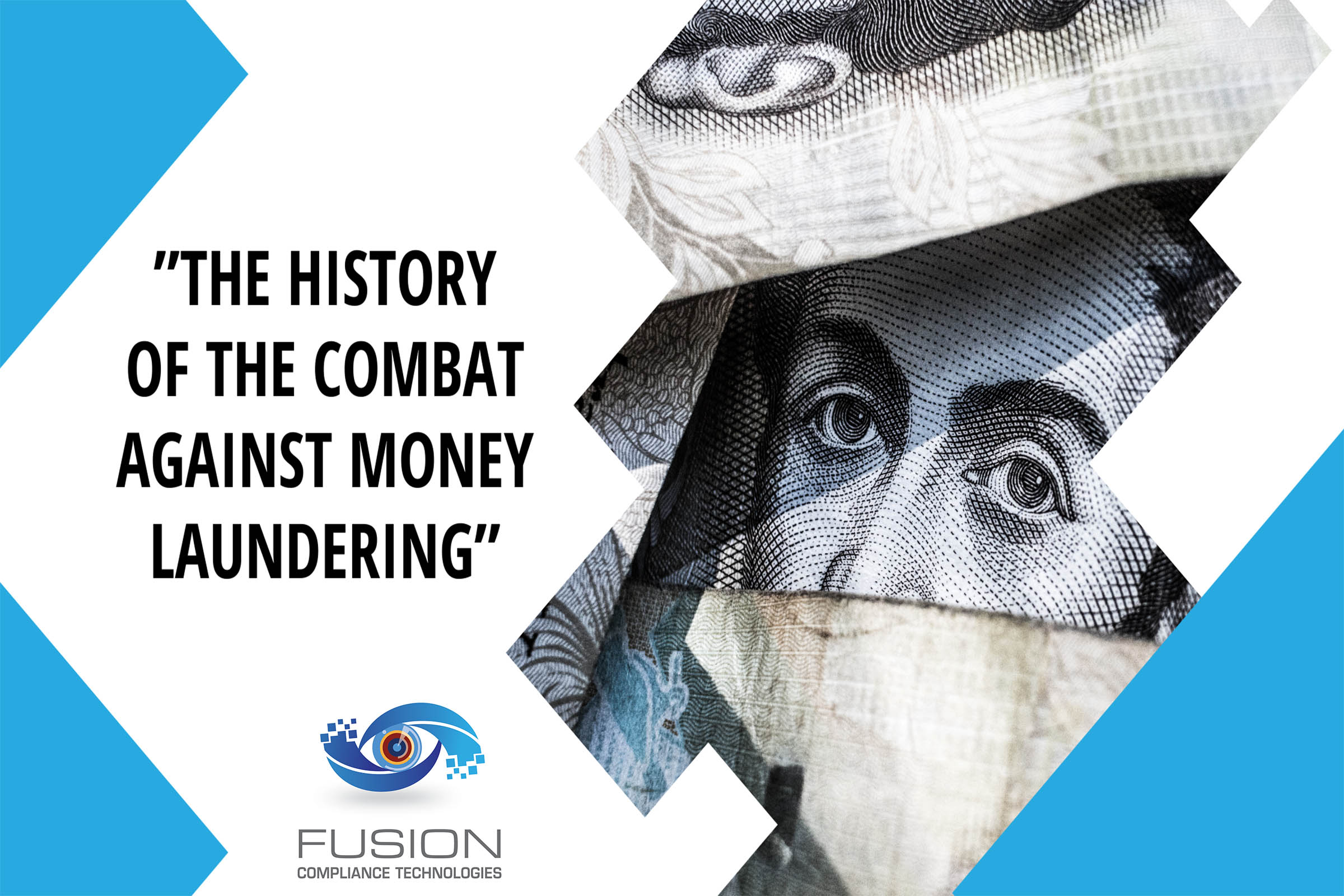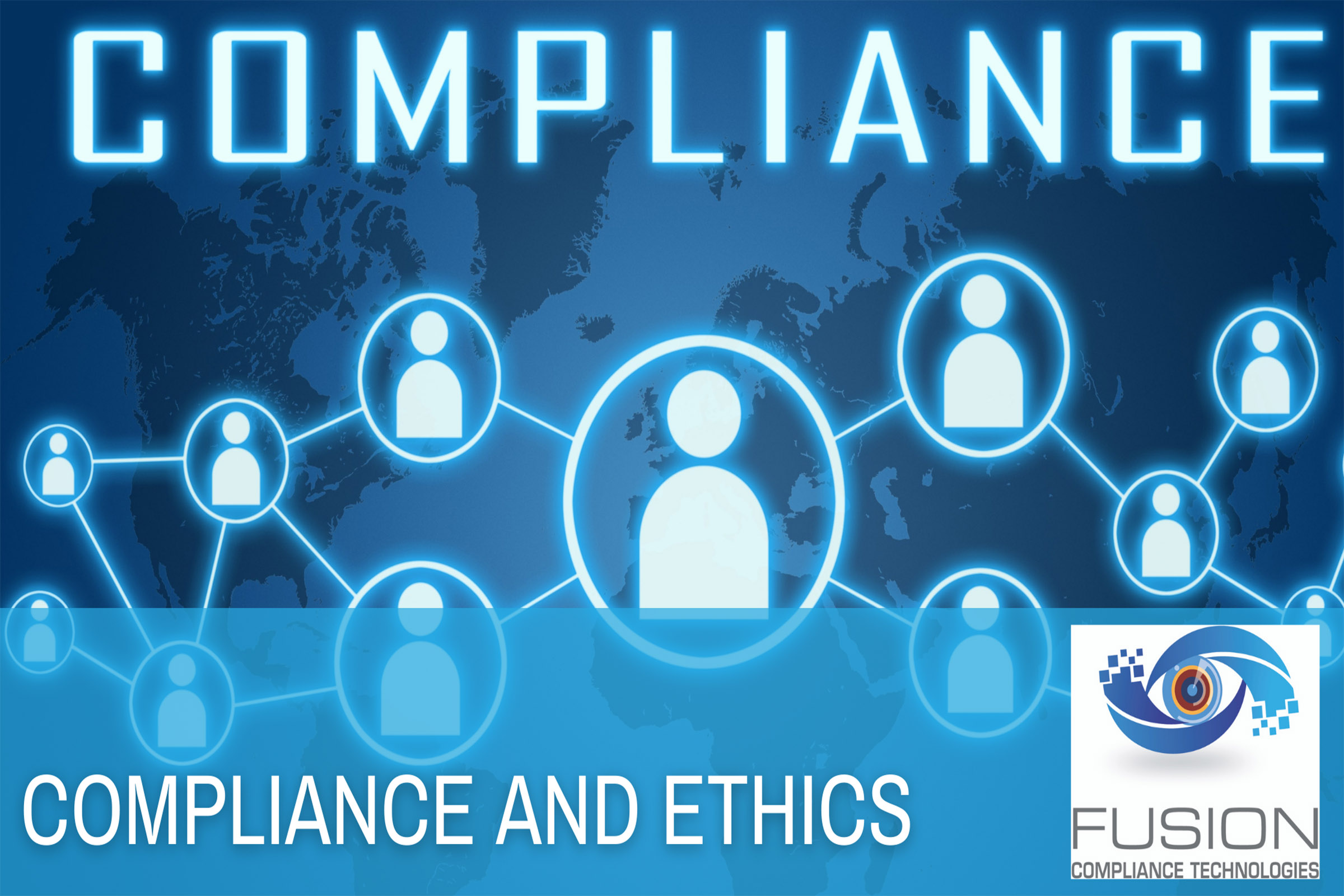Let’s Run Through A Brief History About The Fight Against Money Laundering And AML
Over the last decades, the economic system worldwide has undergone a shift whether it’s in volume with more countries conducting business together and even in the nature of the transactions. As much as the evolution of trading has had a massive impact on the way business is now conducted, problems still persist that keep holding the system back and cast doubts about the effectiveness and the durability of such a highly successful yet exploitable system.
Money Laundering has been the most persistent problem countries have had to deal with from the days of Organized Crimes in the 1930s in the United States to the Growth of South American Drug Cartels, people have always found a loophole to exploit continuously. Anti-Money laundering remains as of today the main tool to combat this persistent issue but not without having any controversies regarding its implementation following it.
Money Laundering is defined as the process by which criminals and disguise the original ownership and the proceeds of criminal conduct by making them appear to have been derived from a legitimate business. It is essentially the act of placing illegal gains into the financial system in ways designed to avoid drawing the attention of banks, financial institutions, or Law Enforcement Agencies. Examples of Money Laundering Techniques are Purchases of Luxury Homes and Real Estates, Gambling, Wire Transfers, Currency Exchange Bureaus.
There are 3 main steps in the Money Laundering Process:
- Placement: It is defined as “placing” the ill-gotten gains into the financial system. Detection is most risky at the placement phase as there is reporting to be conducted during the deposits and questions are raised especially when an out-of-ordinary Money Sum is placed onto an Account of a person who doesn’t normally do it.
- Layering: The Process of carrying out complex financial transactions to camouflage the illegal source of cash. The main objective is to separate illicit money from its source.
- Integration: Final Stage and consists of getting the money out so that it can be used without attracting the attention of Law Enforcements and Authorities.
Trade-Based Money Laundering which is defined as the use of Trade Transactions in an attempt to legitimize their illicit origin has risen over the past few years. The Scheme mainly relies on the complexity of Global Trade as the proceeds can move through the financial system as straight “buyers to sellers’ payments” or other booking services such as Letter of Credit and Documentary Collection.
The most common practices of Trade-Based Money Laundering are the following:
- Over and Under Invoicing of Goods and Services: The scheme involves Collusion between buyers and sellers that work for subsidiaries of the same parent company.
- Phantom Shipments: When the exporter invoices the buyer for goods that are not sent with both parties working in collusion together. The Buyer will make payments on the goods if they had been shipped and received by creating and sending false transport documents.
- Fake Description of Goods and Services: Inexpensive Goods are invoiced as expensive Goods leading to more money being transferred than usual in a legitimate transaction.
Anti-Money Laundering is the main countermeasure taken to combat Money Laundering. It consists mainly of policies, regulations and procedures that Financial Institutions implement in order to protect their operations and most importantly maintain the trust of their clients. Anti-Money Laundering Practices have evolved significantly over the past and they consist of the following:
The Bank Secrecy Act Also Known as Currency and Foreign Transaction Reporting Acts, is legislation that was approved by Congress in 1970. It requires Banks and U.S. Financial Institutions to collaborate with Government Agencies in order to detect and prevent Money Laundering Activities from occurring. The Main Purpose of this Act is to make Money Laundering more difficult to propagate along with making sure that Banks and Financial Institutions don’t get unintentionally involved in Illegal Activities. The Practices of this Act consist of the following:
The Obligation for Banks to report any Cash Transactions in excess of USD 10,000 that occur within a 24 hour period.
The presence of a Requirement for certain Businesses (Car Dealerships, Insurance Firms) to file a form known as “Form 8300” in a situation in which they end up receiving an excess of USD 10,000 in a Single Transaction.
Foreign Bank and Financial Account Reporting: This requires U.S. Citizens or residents with Foreign Banks Accounts with an Excess of USD 10,000 to file an Annual Report with the U.S Treasury Department.
Maintain Records of Financials to help establish a trail that could potentially lead to criminal activities being uncovered.
Money Laundering Control Act (1986): The main purpose of this act was to designate money laundering as a federal crime with offenders now being able to get punished and prosecuted in federal courts. The Act charges whoever attempts to restructure transactions so that they become undetected. Additionally, those who fail to help prevent these transactions from occurring are subject to criminal and civil penalties. The Act put pressure on Banks to establish and maintain procedures to ensure that they are still complying with the requirements imposed by the Bank Secrecy Act.
Anti – Drug Abuse Act of 1988: With the emergence of South American Drug Cartels during the 1980s and the constant growth of Money Laundering Techniques, this Act was established with the main aim behind it was to expand the definition of Financial Institutions that are monitored when it comes to criminal transactions. They now include Car Dealerships and Real Estate Brokerage Firms which served during that period as the main cover-up for Drug Dealers. Another notable element of this act was that it required for background and identity verification on all individuals conducting a transaction worth over USD 3,000.
FATF – GAFI: The FATF (Financial Action Task Force) is an intergovernmental body that was established in 1989. It draws upon recommendations for the prevention and suppression of money laundering, terrorist financing, and other threats to the integrity of the international financial system. There are 39 countries that belong with the FATF and also international organizations are aligned with the FATF such as the Interpol, United Nations, and the European Central Bank. The FATF’s main course of action is to monitor countries’ progress in implementing the FATF recommendations; the countries’ respective counter techniques in respect to Money Laundering and Terrorist Financing.
a) FATF Recommendations: First Issued in 1990, 40 recommendations were issued in order to provide a comprehensive plan of action needed to combat Money Laundering. The Recommendations were later on revised in 2012 with the intention of strengthening global safeguards and protect the integrity of the financial system as new threats have emerged over the past few years such as the financing of proliferation of weapons of mass destructions and terrorist financing which eventually led to stronger and much clearer set of standards being established.
FATF Recommendations enable to put in place an International Standard that countries could implement through measures that fit their circumstances as countries have diverse Legal, Administrative, and Operational Frameworks and most notably Financial Systems.
Recommendations include the following:
- Identify the risks and develop policies along with domestic coordination
- Apply preventive measures to the financial sector
- Establish power along with responsibilities for the competent authorities
- Facilitate international co-operation
The USA Patriot Act (2001): The Terrorist Acts of September 11 2001 had a big impact when it came to measures taken to combat terrorism and money laundering as being able to track down the cash funding for those activities would put an ending to them. The main measures imposed by this act included the following:
- Prohibited domestic banks from dealing with Foreign Based Shell Banks
- Increased measures when it came to customer identification procedures on foreign-based customers.
- The Right for the Government to seize up suspicious foreign accounts.
- Increase in the value of civil and criminal penalties of money laundering offenders
- Imposed a requirement on banks when it came to responding to Regulatory Requests with a timeframe of 120 hours to be complied with
- Enhanced information sharing between Financial Institutions and the Government.
- Made the consideration of a Bank’s AML Record a requirement for Federal Banking Agencies especially when it came to mergers and acquisitions.
There are also other notable practices that have been done as a counter to Money Laundering and they consist of the following:
- The Creation of Trade Transparency Units: Developed to help set a standard and help deal with the massive amount of data that result from Trade-Based Surveying (Monitor Imported and Exported Goods).
- Law Enforcement Agencies: They are mainly using trade information provided by Financial Intelligence Units, Customs, and Financial Institutions. This has helped lead to the conduction of investigations into illegal activities and subsequent prosecutions of those guilty.
- Financial Intelligence Units: Low number of reports in respect of Suspicious Acts and they are provided by Law Enforcement Agencies. Financial Intelligence Units mostly rely upon Trade Information. Information can be shared with other Foreign Financial Intelligence Units but a memorandum confirming this agreement must be signed off and agreed upon.
- Bank Supervisors, Tax Authorities, and Customs Agencies are also ones who are taking part in the combat against Money Laundering.
When it comes to the discovery of potential money laundering activities, there are multiple Red Flag indicators that come into play that expose these acts they include the following:
- Red Flag Indicators with respect to the client:
- Client lacking any Knowledge about the transaction details
- Reluctance on part of the client to provide details about the transaction being conducted
- The client has a tendency to suddenly changing Legal Representatives
- The client has no regards for the economic proportions of the transaction
- The use of multiple foreign accounts
- Frequent extension or amendment of Letters of Credit
- The size of the commodity being shipped not being in line with the regular business activities of the client
- A sudden change in the type of the commodity usually imported and exported by the Client without any previous logical reasoning being provided
- The use of a Front or Shell company.
- Red Flag Indicators in respect of the Transaction:
- Disparencies when it comes to the description of the commodities on the bill of landing and reality (Invoice, Actual Number of Goods shipped)
- Disparencies appearing between the values of the commodity reported on the invoice and the actual fair market values
- The Size of the transaction being conducted being out of the ordinary for the parties involved with no logical explanation being provided.
- An Irregular size of shipments of high-risk commodities.
- The payment procedures being suddenly changed.
- Commodity being shipped to a jurisdiction designated as “High Risk” for Money Laundering Activities.
- Commodity being transshipped through one or more Jurisdiction without any logical reasoning behind it.
Money Laundering is a process that has helped criminals cheat their ways through the system over the years. It has evolved from the basic transaction of purchasing luxury homes to the process of conducting phantom shipments. It has become very hard to distinguish which transactions are transparent and which are not especially in our current time where the growth of trading has opened the door for more exploitation opportunities for criminals but risk indicators do remain relevant. In response, countermeasures have been taken to try and put an end to this movement with the Bank Secrecy Act in 1970 to the establishment of the financial action task force in 1989 and most recently the patriot act after the events of September 11. The impact made by these measures are still being felt today. The war against money laundering and terrorist financing is still ongoing as of today and it remains to be seen if there will be a bigger payoff down the road that puts an end to this movement once and for all.
The main aim behind Fusion’s AML Application is to serve as a tool that is used in the combat against money laundering and terrorist financing. In respect of red flag indicators, the ability to create a customer case and monitor his transactions via the integration of a notification system. The System generates alerts whenever a transaction in respect of a highlighted account occurs and it could provide the officer with a red flag indicator that an illegal activity might be occurring.

Let’s Make Things Happen!
You Are One Click Away From Reducing Your Compliance Cost!



